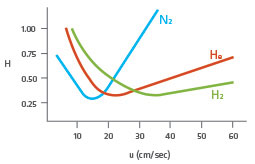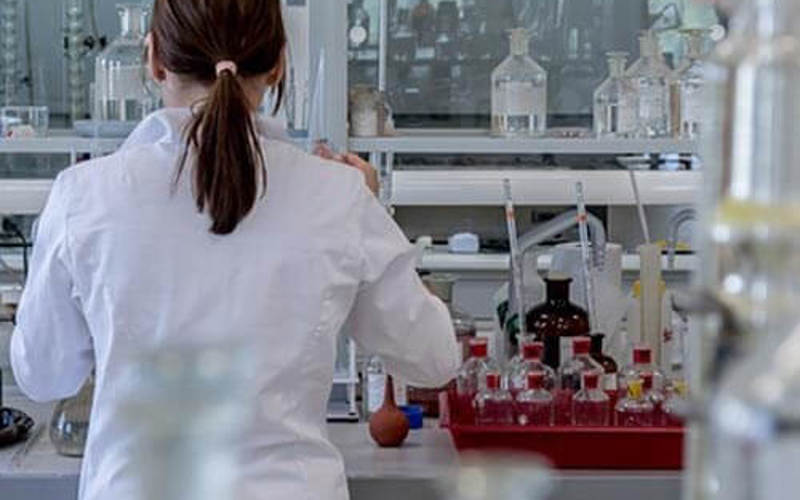The future of GC in the face of another helium shortage
Helium gas reserves continue to diminish and yet another helium shortage has hit industries that rely heavily on the gas to function. One of such industries is gas chromatography, an analytical field which utilizes helium gas as a carrier gas.
However, unlike certain industries such as MRI scanning, where there is no substitute for helium gas, gas chromatography has a strong viable alternative: hydrogen gas.
Hydrogen in Gas Chromatography
Switching from helium to hydrogen gas might initially seem daunting but the benefits hydrogen brings with it have led a number of chromatographers to convert to hydrogen for gas chromatography. For starters, the practical elements of using hydrogen are immensely more convenient; with an onsite supply of gas through a hydrogen generator, you will no longer have to manage and pay for the logistics behind helium cylinders. Having a hydrogen generator in your lab also means your gas supply is consistently available to you 24/7, on demand, without the unstable market costs of cylinder contracts.

Figure 1: The Van Deemter Equation
In terms of performance in gas chromatography, hydrogen brings more advantages to the table. For separation speed, hydrogen offers the fastest separation out of all carrier gas options in gas chromatography. Hydrogen also provides high efficiency, with a broad range of optimum linear velocities. This also means the broad range for high efficiency makes hydrogen the ideal carrier gas for samples with compounds which elute over a wide temperature range.
Hydrogen Generators and the future of Gas Chromatography
Despite the helium shortage and the beneficial properties of hydrogen, some researchers working in gas chromatography may feel hesitant to make the switch, and safety is often the main reason why. However, the low levels of hydrogen stored in a hydrogen generator are safe, kept at a very low pressures and volumes. What is more, nowadays generators have an in-built leak detector technology with automated shutdown, ensuring protection in the event of a leak.
Thanks to advancements in generator technology guaranteeing reliability, in situ hydrogen generators continue to revolutionise GC gas supply. Laboratories are now opting for hydrogen generators more than ever for the convenience and reliability they offer. The impracticality of helium cylinders keeps having a huge negative impact on the efficiency of laboratory workflow. On top of that, the uncertainty brought about by the helium shortage is now a major factor prompting labs to make the switch.
If you liked this blog post, you might also be interested in:
Solutions to the helium shortage for GC applications
7 steps to changing carrier gas from helium to hydrogen
A step by step guide to convert your GC carrier gas from helium to hydrogen
How does a hydrogen generator work?
University research laboratories are struggling to cope with rising helium prices
